Mirrors
In a journey of research about mirrors, I decided to work on selfportraits project in imitation of the 1920s, because at this time mirrors were a subject of different meanings through photography tricks, which shows the concept of the mirror as a reflection through a dialogue with the self. In addition to that, A new born doesn’t recognize the meaning of self until they reach the age of two, by looking in the mirror they understand the physical idea of reflection: which also happen when we see ourselves photographed, filmed, or reflected to experience selfawareness because the resulting image doubles our sense of self, the mind starts to recognize that this reflection or photo is me which allows us to position ourselves according to subjective coordinates. Thus, the first photograph in the series refers to how magical is the mirror in our life as a tool for self-recognition. Moreover, Mirrors don’t have a memory itself and our reflection stays as long as we look at it, the only way to stop time and preserve it forever is by capturing a photograph of myself in the mirror moment. Furthermore, what is special about self-portraits is that we have full control over our own representation, which allows people to see us the way we see ourselves.
Name: Amal Hamed
Project Semester: 2nd
Professor: Annette Jonak
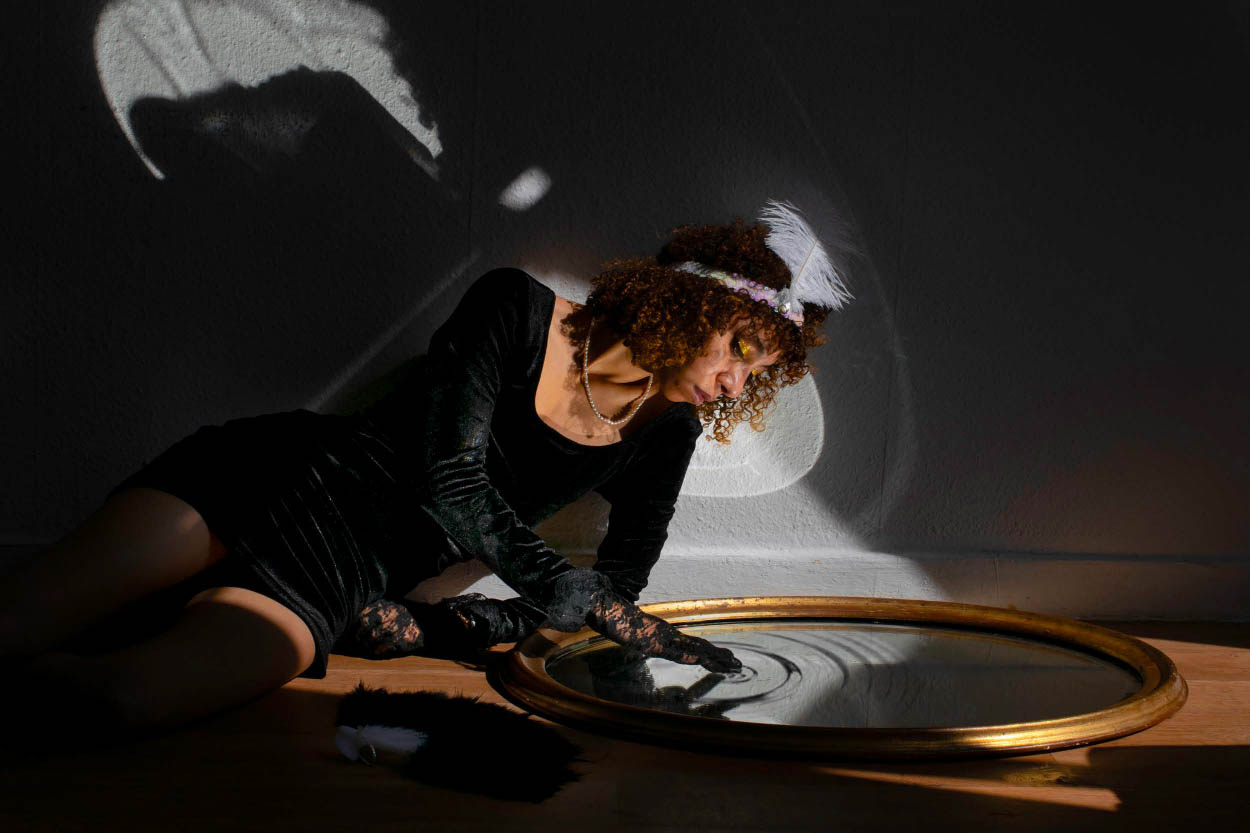
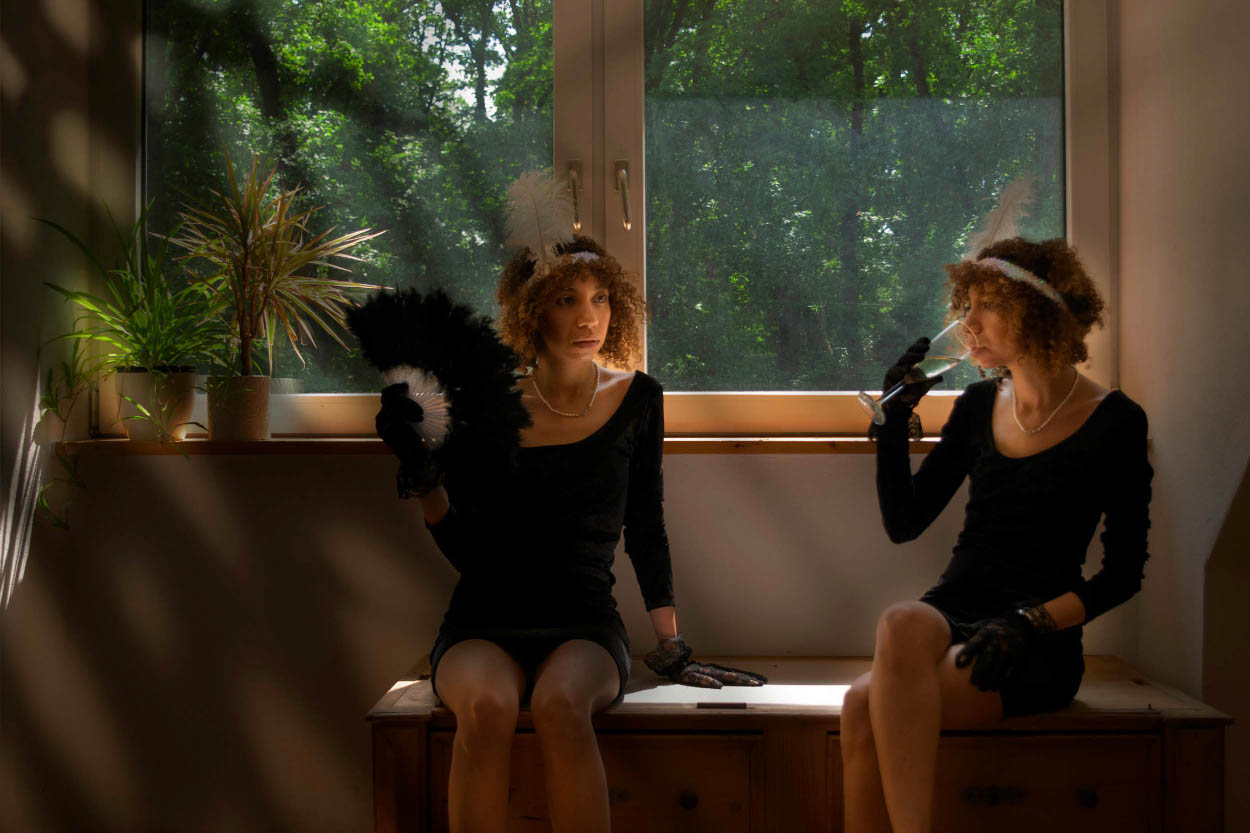
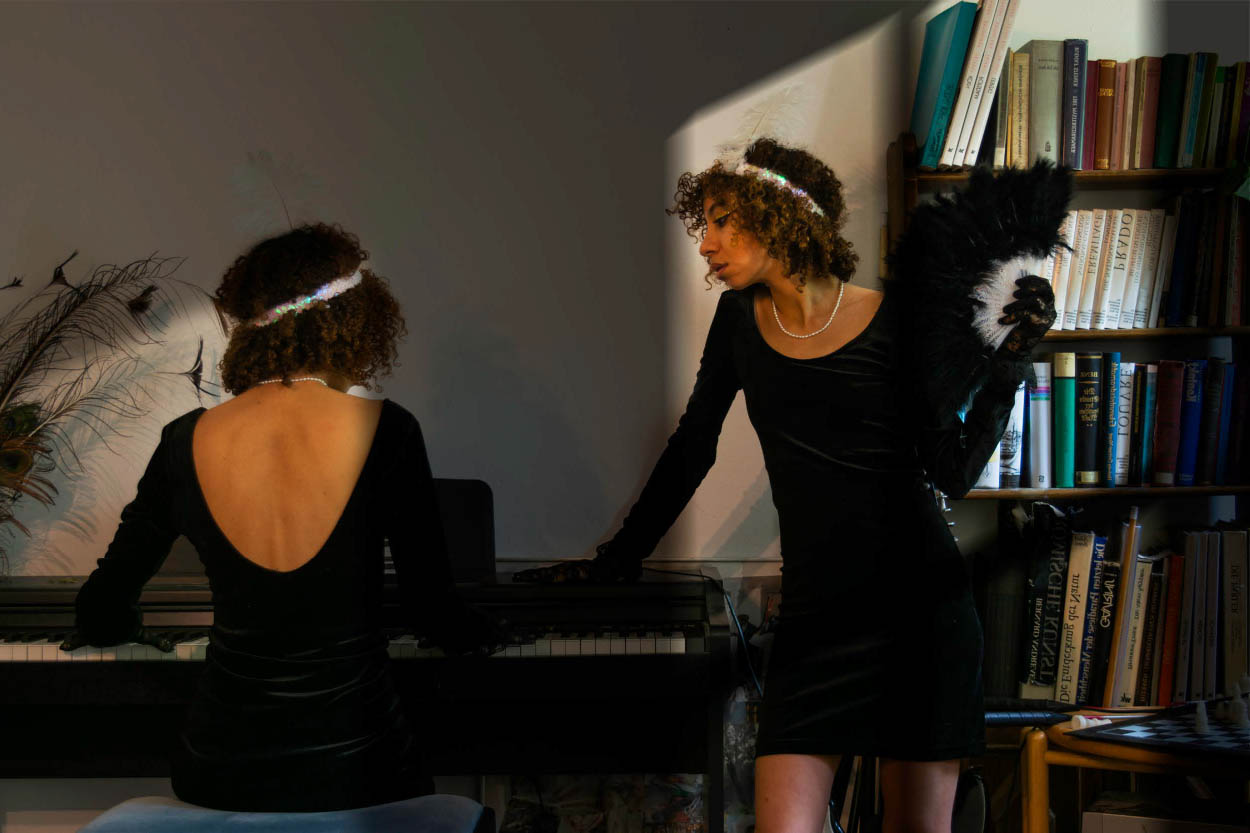
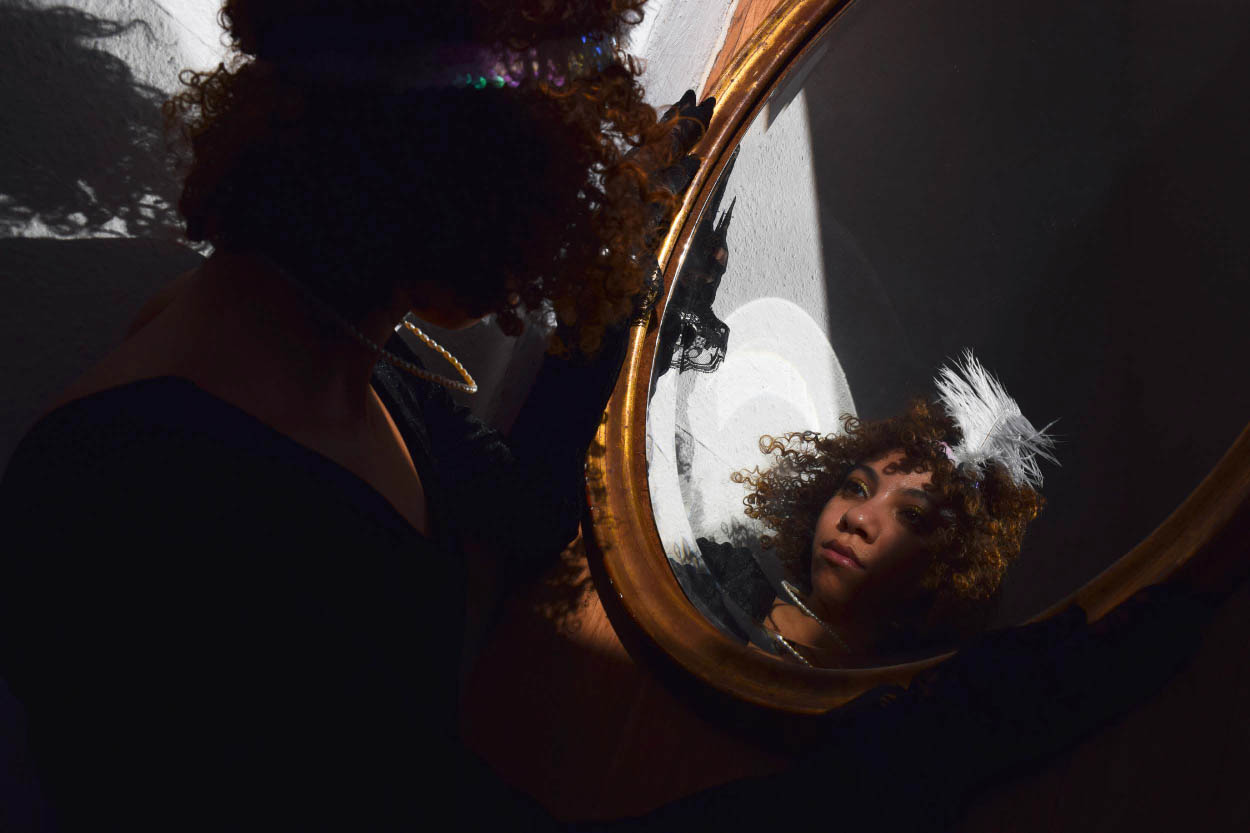
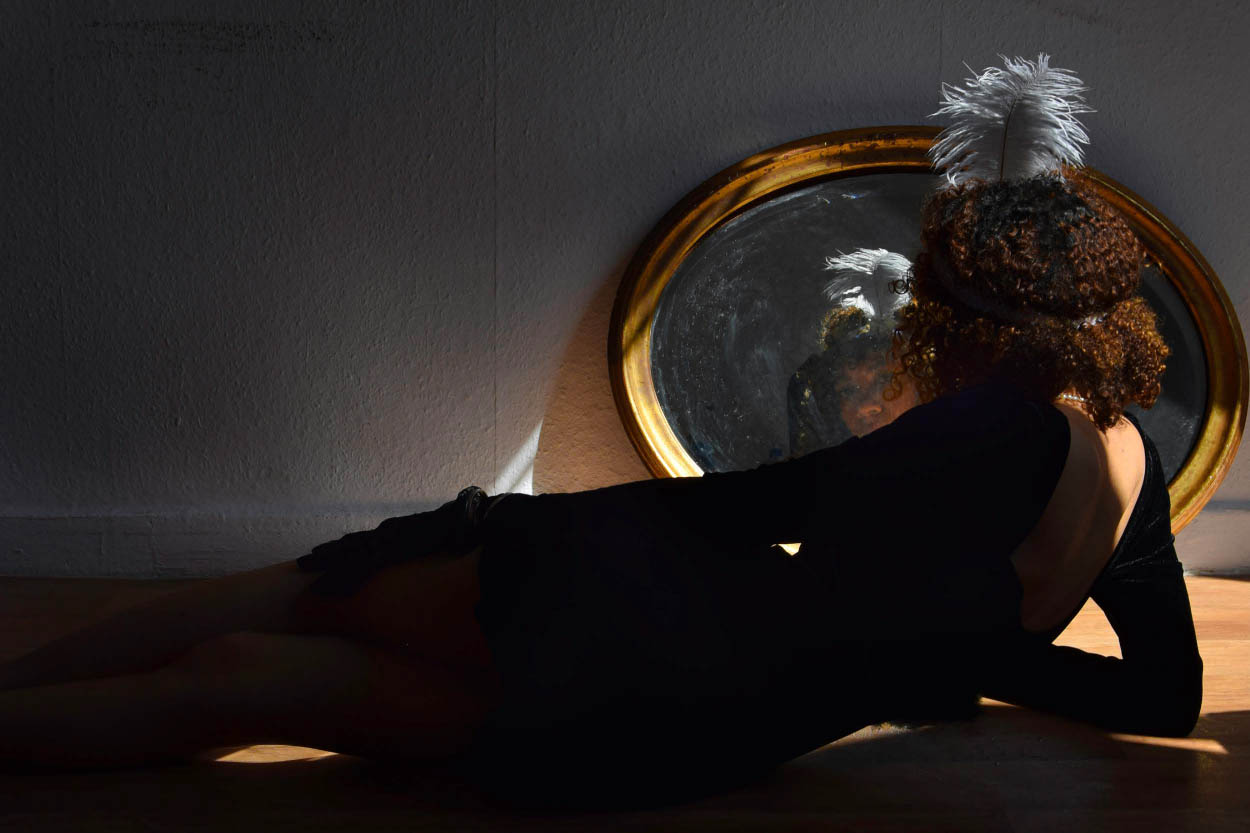

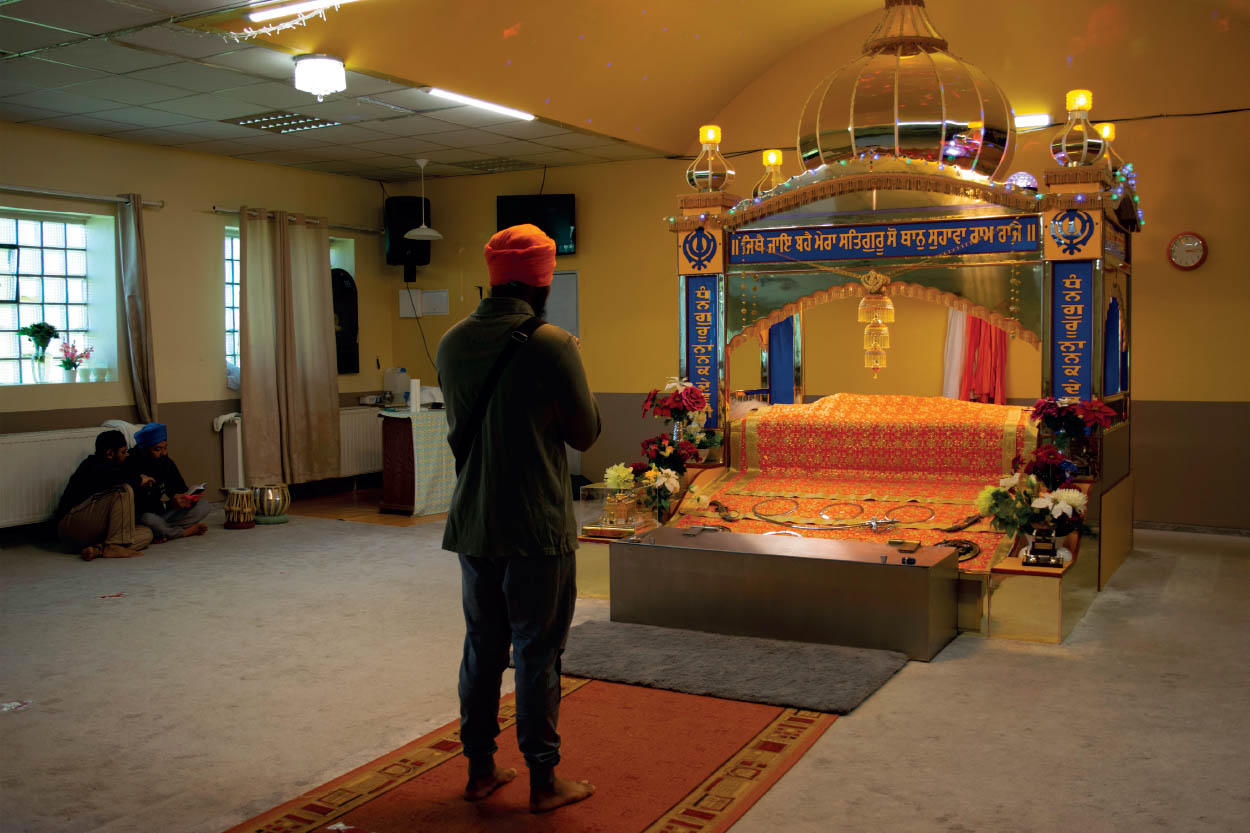
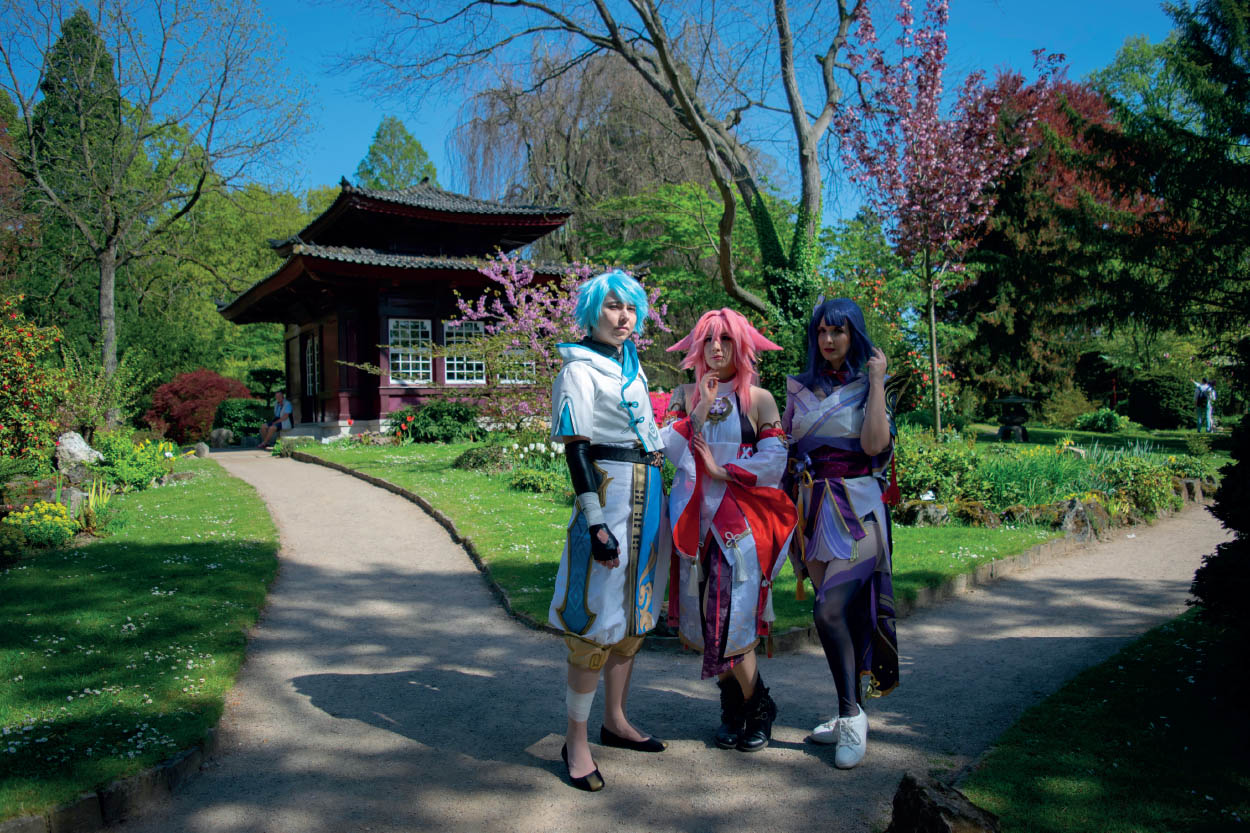

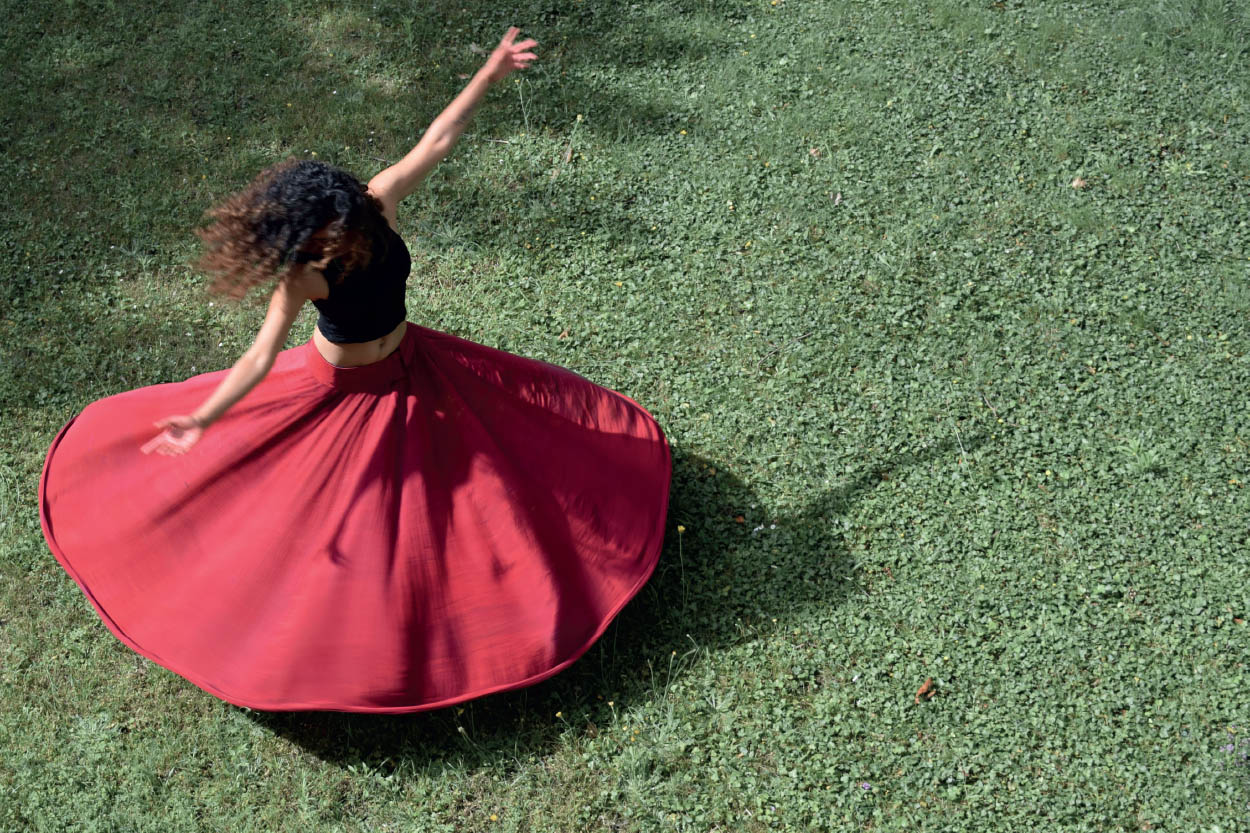

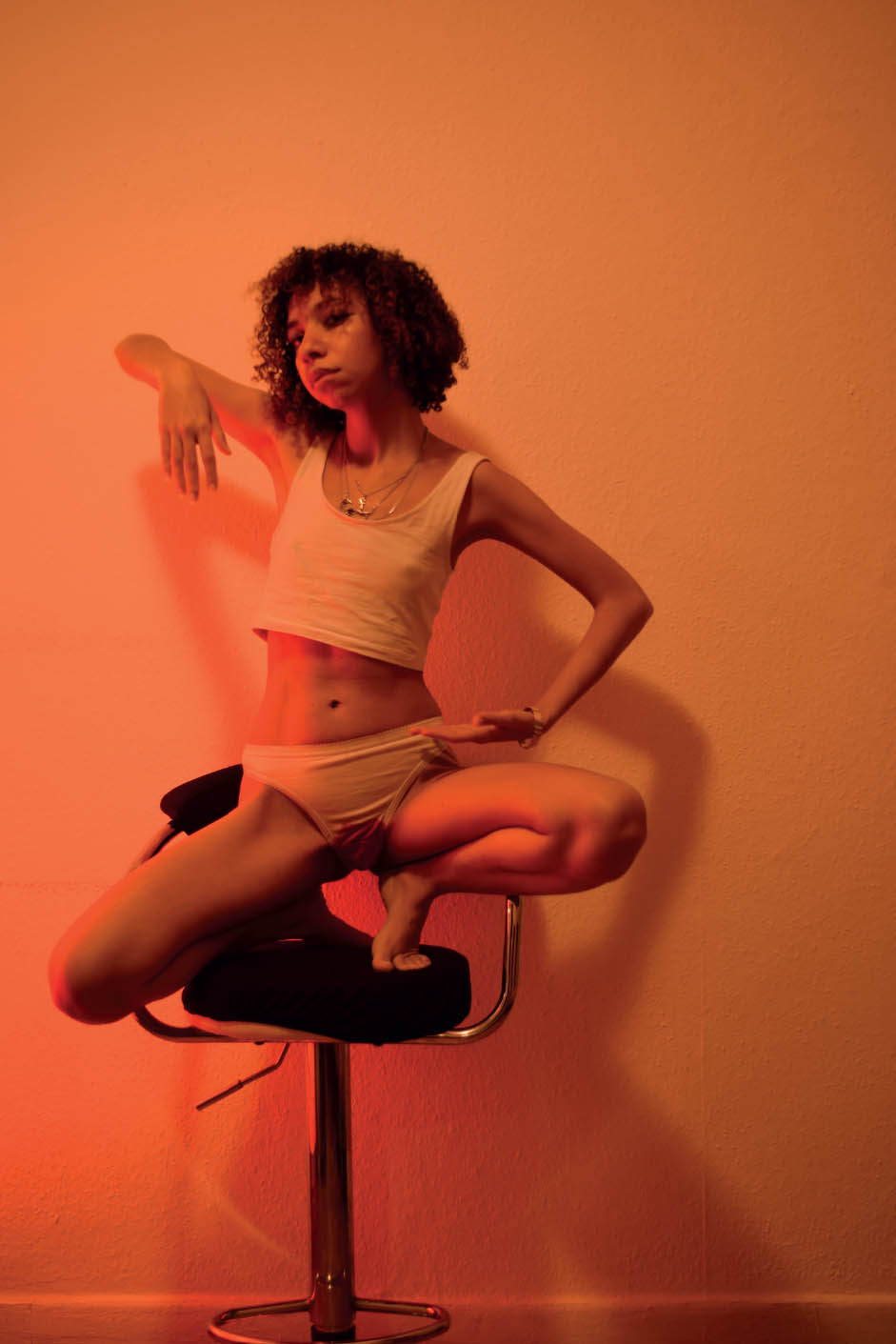
Mirrors
In a journey of research about mirrors, I decided to work on selfportraits project in imitation of the 1920s, because at this time mirrors were a subject of different meanings through photography tricks, which shows the concept of the mirror as a reflection through a dialogue with the self. In addition to that, A new born doesn’t recognize the meaning of self until they reach the age of two, by looking in the mirror they understand the physical idea of reflection: which also happen when we see ourselves photographed, filmed, or reflected to experience selfawareness because the resulting image doubles our sense of self, the mind starts to recognize that this reflection or photo is me which allows us to position ourselves according to subjective coordinates. Thus, the first photograph in the series refers to how magical is the mirror in our life as a tool for self-recognition. Moreover, Mirrors don’t have a memory itself and our reflection stays as long as we look at it, the only way to stop time and preserve it forever is by capturing a photograph of myself in the mirror moment. Furthermore, what is special about self-portraits is that we have full control over our own representation, which allows people to see us the way we see ourselves.
Name: Amal Hamed
Project Semester: 2nd
Professor: Annette Jonak























